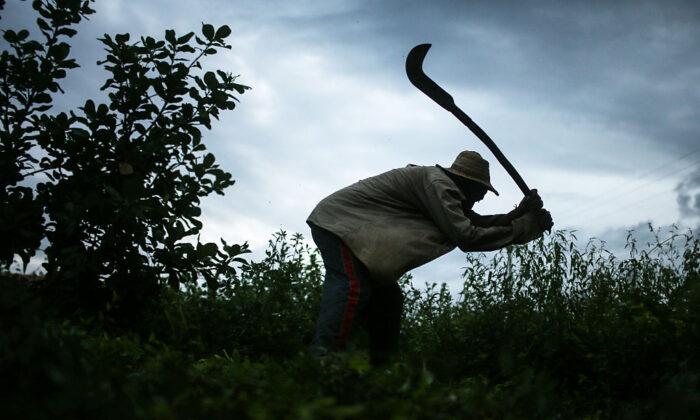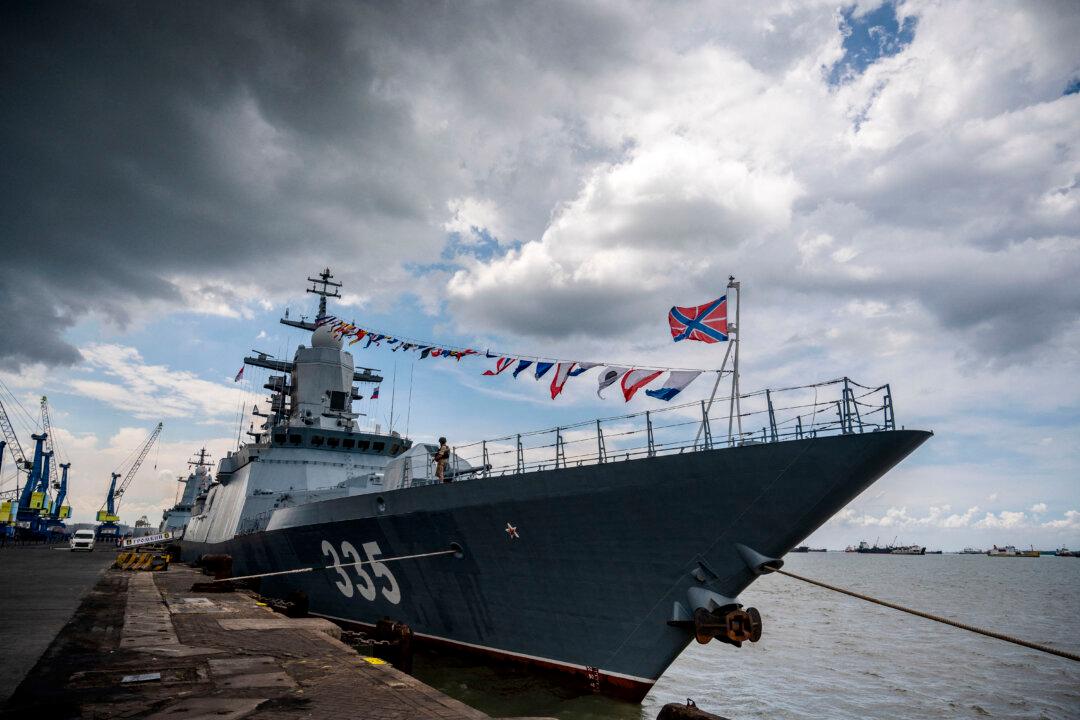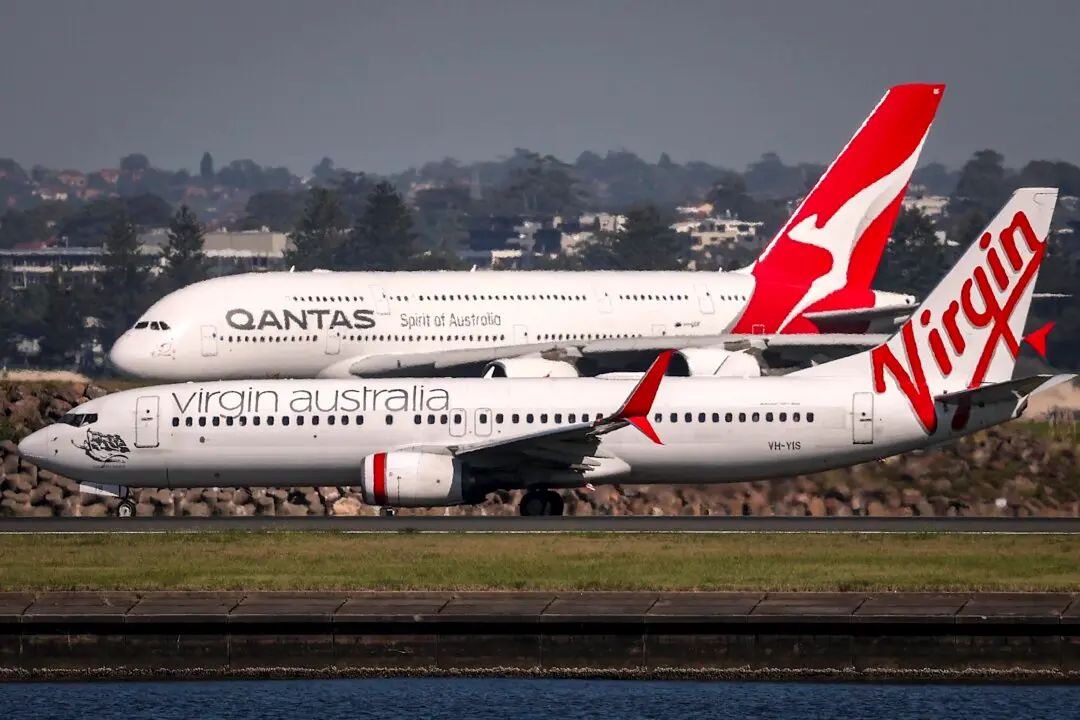Australia currently has around 41,000 modern slaves, which is twice the figure recorded five years ago, a human rights report has shown.
Modern slavery refers to situations in which individuals are subject to exploitation and cannot refuse or escape because of threat, coercion, violence, deception and abuses.
It includes forced labour, forced marriage, debt bond, sexual exploitation, human trafficking, exploitation of children and so on.
According to the report, 50 million people around the world lived in modern slavery on any given day in 2021, up 10 million from the previous report.
While North Korea topped the list of nations with the highest prevalence of modern slavery, around two in three people trapped in slavery lived in six G20 countries: India, China, Russia, Türkiye (formerly Turkey), Indonesia and the United States.
The State of Modern Slavery in Australia
The report found that Australia had an estimated 1.6 cases of slavery per 1,000 people, which was the second lowest rate in the Asia-Pacific region and behind Japan.However, it still trailed behind other advanced European economies such as Belgium, Denmark and Germany.
In terms of government response, Australia ranked second among the countries taking the most action against modern slavery, just one step behind the United Kingdom and slightly ahead of the Netherlands.

While Australia has a low risk of slavery, Walk Free’s founding director Grace Forrest said it was shocking to see the number of victims in Australia had doubled since 2018.
“We’re looking at 41,000 people living in modern slavery on our shores,” she said in comments obtained by AAP.
The director said the abuse of migrant workers in the country mostly occurred in rural areas, pointing to the example of Moe Turaga, a 54-year-old Fiji native who was enslaved in a rural Australian town when he was 17.
The Shadow of Slavery Behind Australian Imports
As a country that relies heavily on imports to meet domestic demand for goods and services, Australia is not immune from imported products with dubious origins.The report estimated that around US$17.4 billion worth of products imported into Australia every year were potentially made by forced labourers, with half of them coming from China.
“This includes fast fashion and the garments we wear,” Forrest said.
“It includes the phones we’re speaking on, and for the first time, it includes solar panels.”
She warned Australian businesses and consumers that the made-in-China solar panels they purchased could be crafted by the Uyghurs and other minority groups who were subject to forced labour by the Chinese communist regime.
Meanwhile, seafood was another major imported product at risk.
“A really simple thing for Aussies to think about is where does the food on my plate come from,” Forrest said.
“We’re a country that marks ourselves on a fair go, and that fair go is completely fake if it’s built up off the exploitation of others in our country and in our supply chains.”
The institute also found that up to 16 percent of migrants were paid less than the minimum wage and that many temporary visa holders had to endure mistreatment due to fears of having visas cancelled.





